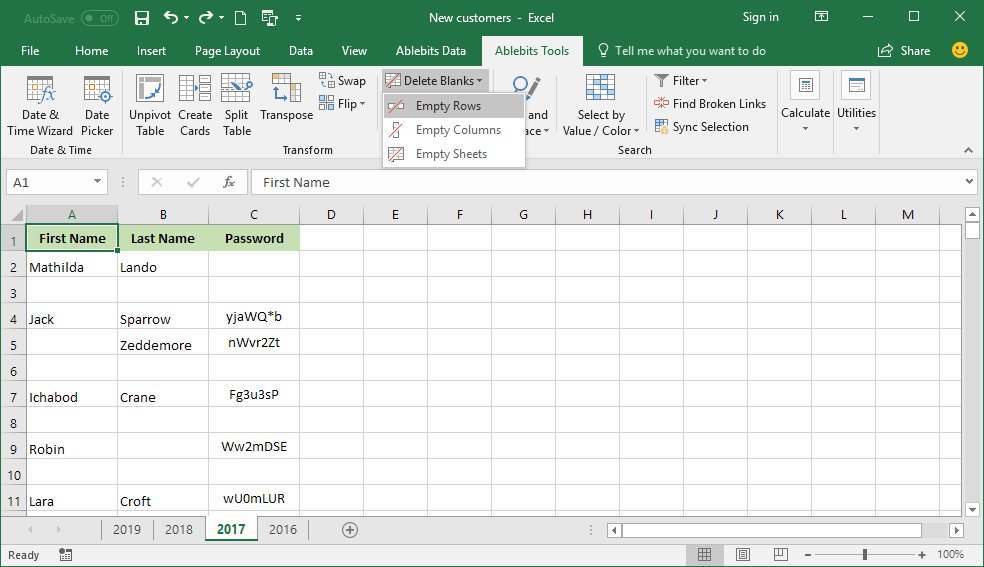

Calls the cell values from Source data – First, using quotes and & symbols, we format each piece of data ready for a download.The “Insert Statement 1” tab accomplishes these tasks: Our first tab, the “source data” tab, is what we want to upload. Please follow along with the sample data for a better understanding.

Notice these metadata fields have different formatting as well.Ĭolumn N is ready to cut and Paste into Microsoft SQL Server.īefore you cut and paste, you deserve an explanation as to what just happened. The formatting between Row 5 and row 6 and below are different since row 5 contains headers, and six and below have the imported information. The benefit of using Excel to Format is that you only have to set up one data column, and then you can drag the formula to the end of the data set. To see what’s going on, toggle to formula view, Shortcut (CTRL + `). The row in green is for labeling purposes only. Let’s populate our first table using this “Insert Statement 1 tab” of the example worksheet. Technology Table – Stores the Technology Names and basic information about the technologyĮxpert Technology Table – Shows which Technologies the Experts are proficient in The Sample DataĮxpert table – Stores the ID, Name, and Birthday of our Experts We provided the sample data to make it easier for you to follow along or totally steal my templates and create your own smooth SQL queries. (Incredible site for creating sample data on the fly.)įor this activity, Use Data from three Excel Tables to Populate tables in Microsoft SQL Server. Okay, it might not be the most meaningful dataset since I just made this data up using. Let’s populate these tables with meaningful data. I hope you followed the previous tutorial where we checked Created some brand new database tables using Excel as a template.


 0 kommentar(er)
0 kommentar(er)
